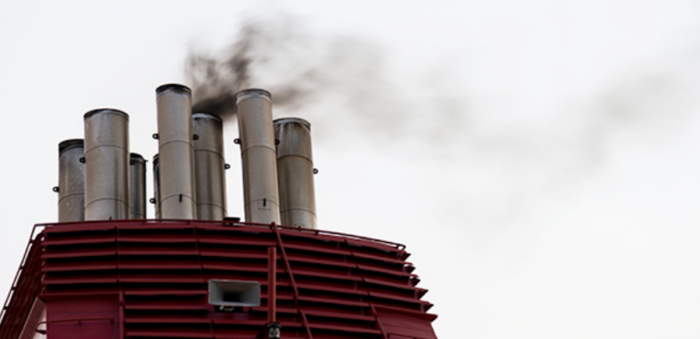Japan supports that open-loop scrubbers’ water discharge does not damage the environment. In a presentation at IMO, the country concluded that open-looped scrubbers will not lead to to short or long term impacts on marine organisms.
Namely, a presentation prepared by the Japanese Ministry of Land, Infrastructure, Transport and Tourism (MLITT) at the IMO last week, claimed that water discharge containing chemical substances such as SOx, polycyclic aromatic hydrocarbons and heavy metals, are not capable of damaging the marine organisms or the seawater quality in Japan.
It also added that there is no scientific back-up to not allow the uses of open-loop scrubbers, provided that certain IMO requirements are met.
[smlsubform prepend=”GET THE SAFETY4SEA IN YOUR INBOX!” showname=false emailtxt=”” emailholder=”Enter your email address” showsubmit=true submittxt=”Submit” jsthanks=false thankyou=”Thank you for subscribing to our mailing list”]
Japan based its findings on a three-year study about scrubbers, by Carnival. The study showed that the scrubbers results compared favourably with international standards. Namely, the studied wash-water parameter concentrations were below the emission limits for land-based industrial point source waste water standards.
Providing its comments on the results, CSA 2020 stated that:
This is not evidence of compliance with these standards (which are intended for a different regime and include other controls and limits for compliance than quality criteria). The comparison does however establish a point of reference to understand the quality of EGCS wash-water relative to other industrial discharges
Moreover, the wash-water parameter concentrations also compared favourably to stricter water quality standards such as the EU surface water standards for inland waters. CSA 2020 once again noted that these standards have very different application and this comparison is not a definitive assessment of point source washwater quality. Nonetheless, they do provide a quantitative reference to understand wash-water parameter concentrations, especially for PAH compounds where there is absence of more suitable standards.






























































